11 Ene A Royal Kerman carpet is the best of Subastas Galileo
Back to routine, back to work and goodbye to the beloved Christmas holidays: we don’t talk about us (that too) but about the auction houses that have started again the frenetic race against time to present great catalogs in this January 2018. The first was Galileo Subastas (C / Donoso Cortés, 38), which already yesterday January 3 sent its catalog to platforms as Invaluable. Let’s analyze their ten best pieces, and remember that you can bid directly for each lot by clicking on the name of the artist or the name of the work. Also, click here if you want to see the complete catalog of the auction.
The best of the pictorial catalog is a work by Claudio Bravo (1936 – 2011), a pencil drawing titled Asno (drawing on paper, 37 x 43 cm). It comes dated “MMVII” and signed by the author. Very interesting its the game of lights and shadows and its advanced realism in representation: this makes its starting price of € 2,500 (see).
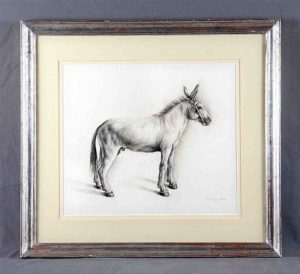
Lote 510: BRAVO, CLAUDIO (1936-2011), Asno, 2007. 37×43 cm. Precio de salida: 2.500€ (18 de enero en Subastas Galileo).
Important is also the work Marina (O / T, 22 x 27 cm) by Joaquín Mir (1873 – 1937), a small oil on board that is signed and accompanied by a certificate of authenticity by Francesc Miralles. It will also be auctioned for € 2,500 (see). And he is closely accompanied by a work by Antonio Casanova Estorach (1847 – 1896), entitled Fraile y borrico (O / L, 48 x 36 cm, 1889), an oil on canvas signed and dated in 1889, which will be auctioned for 1,900 € (see).
- Lote 387: MIR, JOAQUÍN (1873-1937). Marina. 22×27 cm. Precio de salida: 2.500€ (18 de enero en Subastas Galileo)
- Lote 385: CASANOVA ESTORACH, ANTONIO (1847-1896). Fraile y borrico, 1889. 48 x 36 cm. Precio de salida: 1.900€ (18 de enero en Subastas Galileo).
Finishing with the pictorial area we see two lots. The first one is entitled Tocando la flauta (Tm / P, 58 x 50 cm, 1994), a work by Laxeiro (1908 – 1996). It is a mixed technique on paper signed and dated in the year 1994. It will be auctioned for € 600 (see). He is accompanied by another mixed technique on paper, in this case signed by Rafael Alberti (1902 – 1999): Guitarra y paloma (Tm / P, 29 x 22 cm). It will be auctioned for € 600 (see).
As for the carpets, the theme in which the last few months we have seen very interested in Galileo, we find two good examples. The first is the best batch of the catalog, a Royal Kerman carpet (550 x 300 cm) made of wool with cotton weft. It comes from Persia, from the middle of the 20th century, and its weaving is particularly fine for its realization. The design is decorative, based on a flower garden with jasmine, colorful leaves and palm hearts. The dyes used are 100% natural, and include indigo blue, dark blue, red, beige, brown and green on a cream-colored background. The area of Kerman is the best carpet producer in Persia since the fifteenth century, and is located in southern Iran. They are considered the best for their range of designs, their color palette, natural dyes and their great resistance. It will be auctioned for € 8,500 (see).
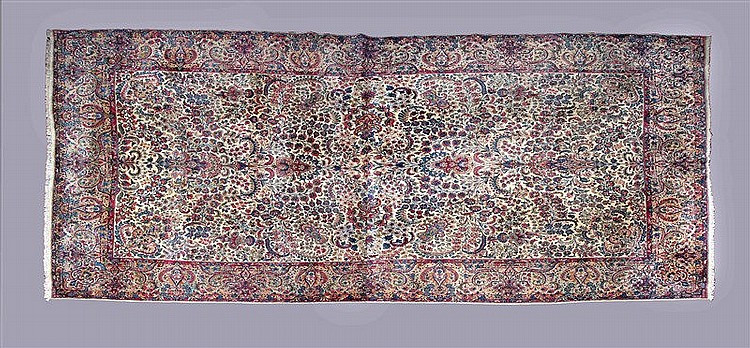
Lote 580: Alfombra ROYAL KERMAN, en lana con trama en algodón. Mediados del siglo XX. 550 x 300 cm. Precio de salida: 8.500€ (18 de enero en Subastas Galileo)
The second lot is a wool Tekke carpet (160 x 120 cm), a collection from Persia and of Turkmen origin, approximately from the second quarter of the 20th century. The design is geometric and is decorated with 39 pieces of Teke Gul, with 100% natural dyes: indigo blue, reddish brown, cream, yellow, and black. The Tekke region became important in the second half of the 19th century, when they became a tribe with a prolific group of artisans with the best weavers in the region. Because they were responsible for weaving a variety of designs, they differ from each other and include examples in a wide range of sizes and shapes. Despite this, there are certain elements that usually manifest, such as the asymmetric knot that opens to the left. Typically, the design of a traditional and representative Tekke rug includes the Gurbaghe Gul motif, and the traditional main edge woven on a red background, including octagons and eight-pointed stars. The antique Tekke carpets and rugs are admired for their compositions and their tribal character. The natural dyes, generally in the warm range, their quality, radiance and nuances, are essential for the carpet to have more value than merely decorative. Exceptional are the purple Tyria, yellow saffron, cochineal rose and green tones, which increase the value of the piece. It will be auctioned for € 1,700 (see).
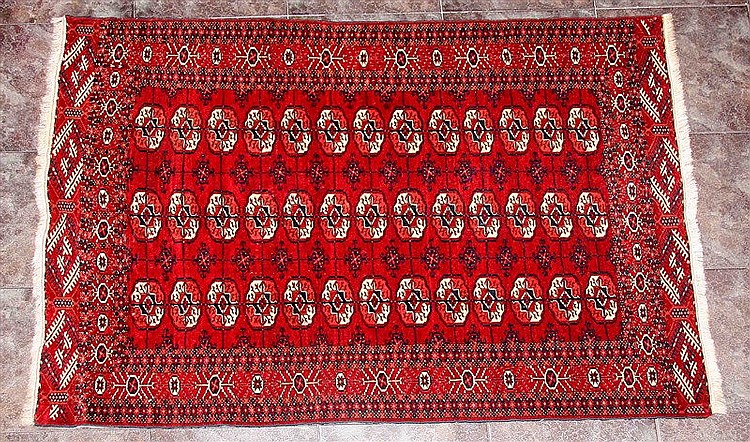
Lote 579: Alfombra TEKKE de colección, en lana, procedente de Persia. Segundo cuarto del siglo XX. 120 x 160 cm. Precio de salida: 1.700€ (18 de enero en Subastas Galileo)
Finally, we see three prominent lots of silver, sculpture and jewelry sections. As for the silver we have a pair of five-branched candlesticks (55 x 42 x 42 cm), in Spanish silver punched with quadrangular base. It is decorated with flowers and frutes, grooved motifs and chiselled leaves, with a total weight of approximately 4,710 gr. Both go on sale for € 1,500 (see). Regarding the sculpture section, we see a figure of Japanese sage (height: 40 cm) in carved and polychrome ivory, and is signed at the base. Sale to auction for € 1,200 (see). And in jewelry, we highlight a bracelet with twenty brilliant cut diamonds, with a rose gold frame. Sale to auction for € 1,100 (see).
- Lote 3: Pareja de candelabros de cinco brazos, en plata española punzonada. Peso: 4.710 gr. aprox. (con contrapeso). Med. 55x42x42 cm. Precio de salida: 1.500€ (18 de enero en Subastas Galileo)
- Lote 508: Figura de sabio japonés en marfil tallado y policromado. Altura: 40 cm. Precio de salida: 1.200€ (18 de enero en Subastas Galileo)
- Lote 140: Pulsera con veinte brillantes, en montura de oro rosa. Precio de salida: 1.100€ (18 de enero en Subastas Galileo)
Remember that you can consult the complete catalog by clicking here. Enjoy!
Más noticias de Arte
Especialista en pintura moderna, tasadora y perito. Graduada en Historia del Arte por la Universidad de Salamanca.



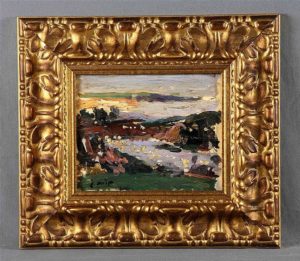

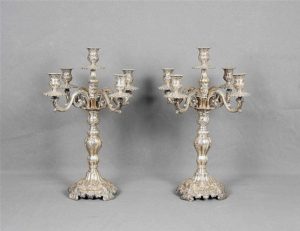
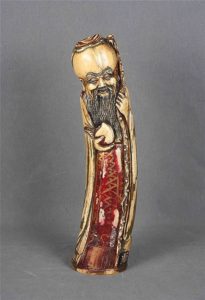
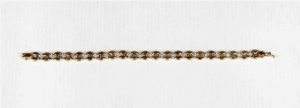


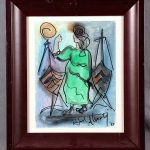
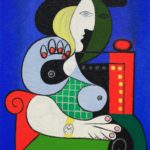
No Comments